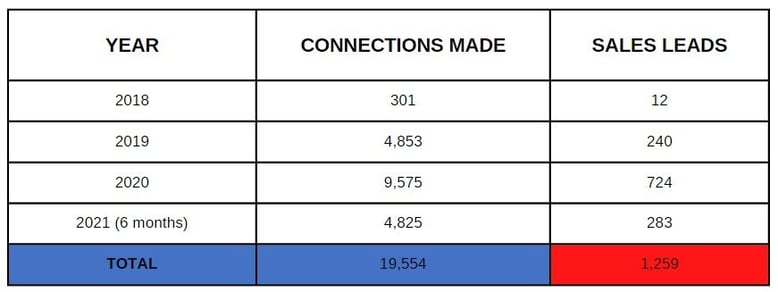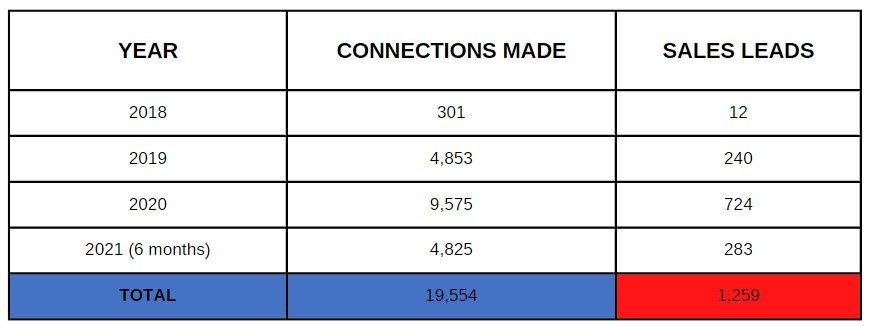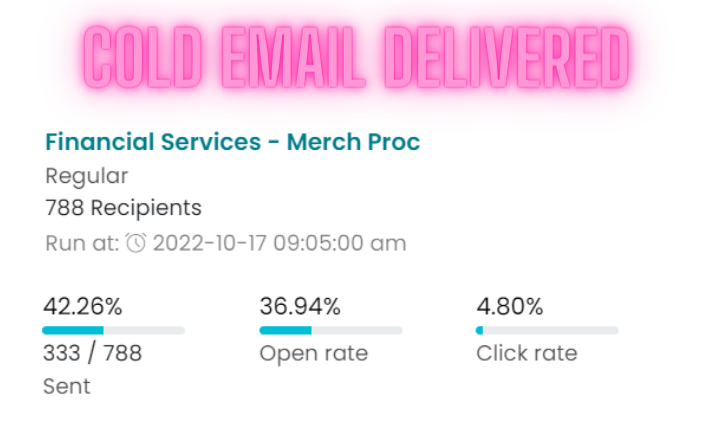You've probably heard the saying, "chop wood, carry water" before?
It comes from a Zen proverb, "Before Enlightenment chop wood, carry water. After enlightenment chop wood, carry water" and you can imagine it's printed on numerous pieces of scenic and inspiring wall art in the offices of top salespeople.
Early in my career I spent most of my time in sales and had one basic mindset, "chop wood, carry water", which often took the form of making cold sales calls. Every day I'd make 90 cold calls. And, in every sales role, I outperformed my peers.
Here's a story about how this same mindset can pay off big for growth marketing and sales programs.
Sound like a familiar scenario?
A Silicon Valley entrepreneur gets enough early funding to build a SaaS based on his expertise, in this case, Customer Success. Three years in, the application works great, while a pile of Customer Success content and infographics sit in a blog somewhere on the website that no one reads. Now the business has run low on funds, while investors are asking, "where are the paying clients?".
Fortunately, a few beta clients from the founder's network add some legitimacy, though otherwise there's no pipeline, and no prospects. He's even hired salespeople and nothing's happening. So, he brings in a Growth Marketer, a trusted resource who can take the reigns on getting results from his content and sales team. And, what's the first step ... run ads, write a bunch of content? Nope.
Step One, start building a big network on LinkedIn. Chop wood, carry water, every day, maxing out LinkedIn connection requests for the Sales Team using virtual support, and following up with friendly, personal and low-key sales messages. Meanwhile, as the network grew the Marketing Teams started testing various ways to further engage their quicky growing base. Most of them didn't produce much engagement, until one day they hit the jackpot.
It turns out their audience loved the idea of participating in an industry-wide survey and would agree to meet to provide some qualitative inputs to the survey. In particular, this survey provided comparative background information about other Customer Success leaders, such as years in their position and prior work experience. Just about everyone wanted to know about what everyone else was doing in their space, and agree to meet to verify their information. Once the Sales Team met with the prospects to discuss the survey, most contacts also agreed to take 15 minutes to see a demo of the software, and of course, many were impressed.
In the first month, the Marketing Team set 23 meetings for just one Sales Person and suddenly the pipeline started filling up. Within the 3 months, the startup was acquired.
So, what's the moral of the story? Consider how effective would the survey have been without a base of thousands of warmed-up contacts? What might the business have looked like at three years if the marketing base building had started on day one instead?



